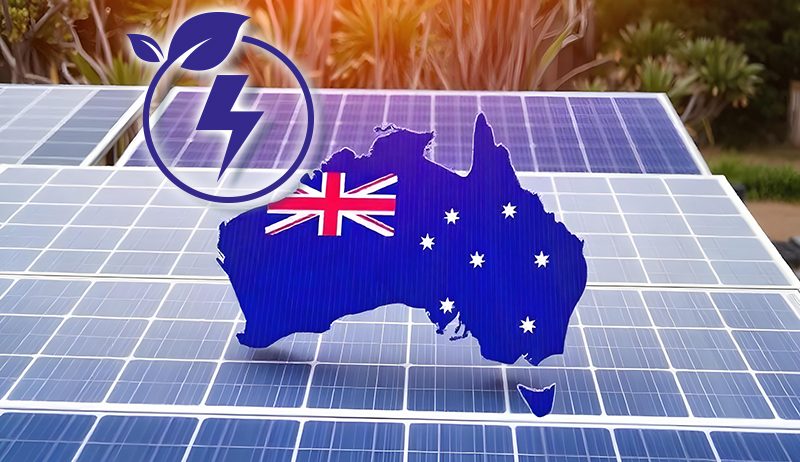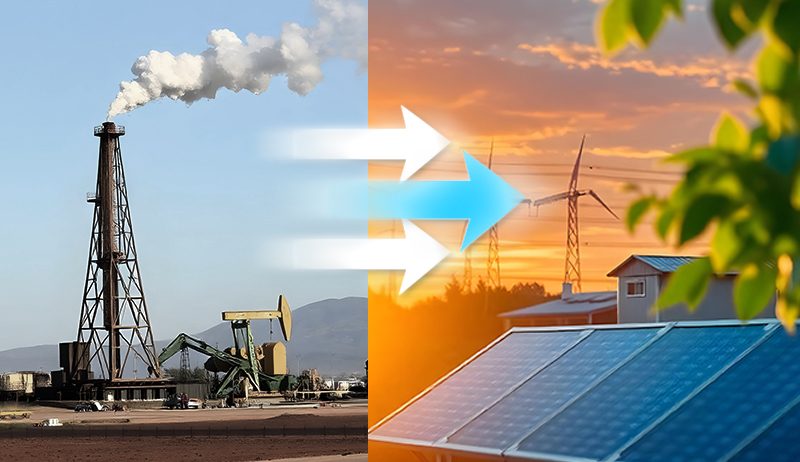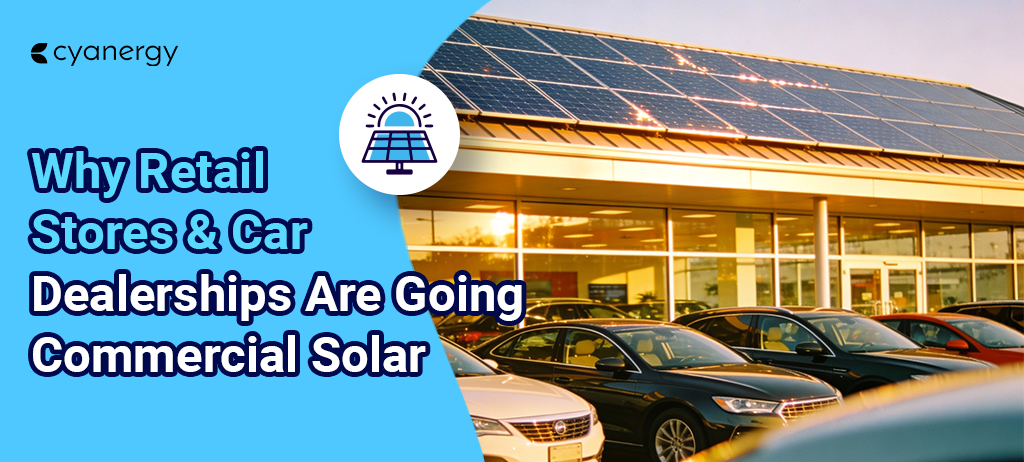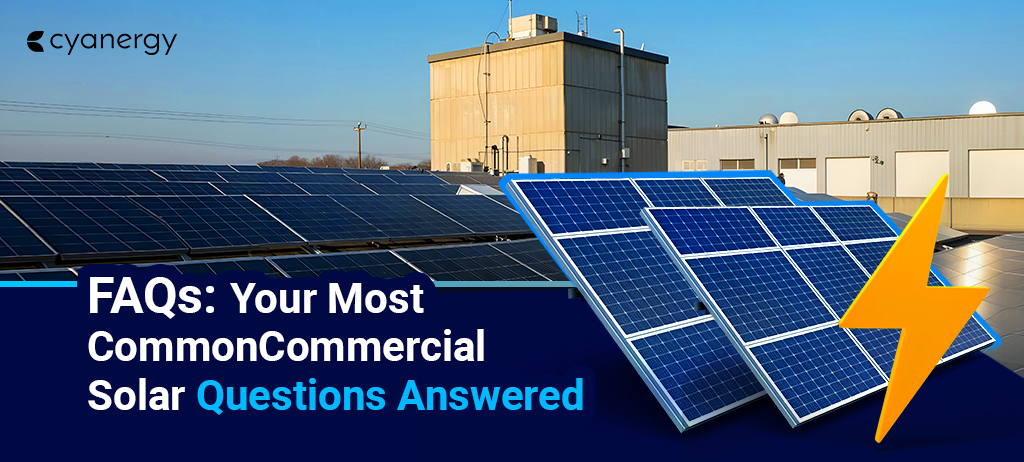Energy is vital for every economy because it’s needed to make products, provide services, and improve people’s lives, society, and the economy.
Different industries use energy to create goods and transport them for everyday needs like heating, cooking, lighting, and running home appliances. Research shows that using more energy is linked to better economic growth and improved well-being.
Renewable energy allows us to fix the problems caused by relying too heavily on fossil fuels. This is why energy security is essential for global stability, and energy security is defining the 21st century.
With the added pressure of climate change and the shift from fossil fuels to renewable energy, it’s clear why governments are paying more attention to energy security.
What is Energy Security?
A clear understanding of energy security is essential for efficiently achieving this goal. However, different researchers define energy security in various and sometimes conflicting ways. They often focus on other risks and study their impacts from different angles.
The International Energy Agency (IEA) defines energy security as “having a steady supply of energy at an affordable price.” The IEA was created to ensure that energy is both secure and affordable.
Energy security means that a country has enough energy to meet its needs. Its energy systems should be protected from short-term supply issues and cyber-attacks while preparing for future demands.
The government must also have the infrastructure to deliver energy to homes, businesses, and key institutions like the military.
Although these definitions aren’t complete, they highlight the importance of energy security, showing that it’s a complex issue and why many countries prioritise it.
In the short term, energy security focuses on the system’s ability to respond quickly to unexpected supply and demand changes.
In the long term, it involves making timely investments to ensure the energy supply keeps up with economic growth and environmental goals.
Globally, energy security is getting more attention, as shown by the United Nations’ Sustainable Development Goal 7, which calls for affordable, reliable, sustainable, and modern energy for everyone.
What are the 4 As of Energy Security?
The 4 A’s of Energy Security are:
Availability: Making sure there is enough energy available.
Accessibility: Ensuring that everyone can get energy through robust infrastructure and that energy is affordable.
Affordability: Keeping energy prices low enough so people don’t struggle to pay for it.
Acceptability: Reducing the harmful effects of energy use, such as pollution, greenhouse gases, and environmental damage.
Indicators of Energy Security
- Energy reserves
- Energy production and consumption
- Energy trade balances
- Energy prices
- Energy diversity
- Share of renewable energy
What are the Three Pillars of Energy Security?

Energy security is one of three pillars that modern energy policy aims to address. The others are energy efficiency and sustainability.
These pillars will guide energy policy decisions as the world strives to achieve net-zero emissions by 2050 using renewable energy sources.
Energy Transition from Fossil Fuels to Renewable Energy| How Energy Security Is Defining the 21st Century
While clean energy technologies are expected to dominate in the future, fossil fuels remain the backbone of energy security today.
Over 84% of the world’s energy still comes from fossil fuels like oil, natural gas, and coal. These resources fuel essential services that the modern world depends on, including global trade, transportation, heating, and a consistent electricity supply.
Without fossil fuels, much of the global economy and daily life would struggle to function as smoothly as they do now.
This reliance on fossil fuels makes them crucial to energy security, as countries with abundant fossil fuel reserves have more control over their energy needs.
Governments without enough fossil fuel resources often face tough decisions when engaging with countries with large reserves.
This can create political and economic challenges as energy security becomes tied to international relations and dependency on foreign energy sources.
On the other hand, countries with access to fossil fuels deal with a different challenge: how to continue using these resources without causing significant environmental harm.
Fossil fuel use is a primary driver of climate change, so balancing the need for energy security with the urgency of reducing carbon emissions is a difficult task.
This issue highlights the complexity of energy security today. Fossil fuels ensure the reliability of energy supplies in the short term, but their long-term use poses severe risks to the planet.
As a result, governments are increasingly looking for ways to shift to cleaner energy sources while still ensuring stable and affordable energy supplies during the transition period.
Energy Security and Climate Change Go Hand-In-Hand
Energy security means providing reliable and affordable energy to a region, but many countries need help because they rely on fossil fuels controlled by other nations.
In the past century, a few countries rich in oil, natural gas, and coal have made much money from their fossil fuel resources.
As the world’s population grows, the energy demand will increase. However, the shift to clean energy allows many countries to use renewable sources like solar and wind, which can improve their energy security.
Although global politics and the fossil fuel industry may resist the growth of clean energy, renewable energy offers less pollution and better energy security.
This makes it an attractive option for countries struggling with energy access. The global energy security landscape will change as more countries turn to clean energy.
Energy Security vs. Energy Independence

Energy independence occurs when a nation has enough energy resources to meet its demands. In contrast, energy security relates to having reliable and affordable energy within a country, regardless of where the power was sourced. Having both enhances a country’s national security and economic growth.
According to the (WEC), Sweden, Denmark, and Finland are the top three energy-secure nations. Thanks to their energy security, sustainability, and policymakers’ effective energy transition to renewable energy sources.
What is the Energy Australia Secure Saver Plan?
The Energy Australia Secure Saver Plan helps customers deal with rising energy costs by locking in fixed rates for both usage and supply charges for two years.
This means your energy bills won’t increase during that time, even if energy prices rise. If energy prices drop, you can still benefit from lower rates.
This plan benefits people in New South Wales, Victoria, and Queensland, where energy prices have risen.
By securing fixed rates, households can better manage their energy expenses and avoid surprise price hikes while still having the option to switch to lower rates if they become available.
The shift to cleaner and more affordable energy sources is expected to help ease the pressure on electricity prices overall by the end of the two-year period.
Energy Landscape of Australia, 2024
Growth of Renewable Energy:
Clean energy sources like solar, wind, and water power are becoming more important in Australia. By 2024, over 35% of electricity will come from these renewable sources.
Many homes and businesses use rooftop solar panels to generate electricity. Australia is also building large solar and wind farms, especially in states like South Australia and Victoria, which are leading the way in renewable energy.
Energy Storage and System Upgrades:
Australia spends much money on technologies like large batteries and pumped hydro projects to store energy.
Storing energy is essential because solar and wind power can’t always provide steady electricity. The country is also updating its power grid to handle more renewable energy and stabilise the system.
Fossil Fuels and Transition:
Energy Security and Policies:
As Australia closes more coal plants and uses more renewable energy, ensuring enough power is becoming a concern.
The government is developing policies to ensure the reliability of the energy supply, reduce emissions, and keep prices reasonable. The Australian Energy Market Operator (AEMO) is helping plan for these changes to avoid power outages.
Energy Security and Policies:
As Australia closes more coal plants and uses more renewable energy, ensuring enough power is becoming a concern.
The government is developing policies to ensure the reliability of the energy supply, reduce emissions, and keep prices reasonable. The Australian Energy Market Operator (AEMO) is helping plan for these changes to avoid power outages.
Cutting Emissions and Climate Goals:
Australia aims to lower its carbon emissions and reach net-zero emissions by 2050. The energy sector is key to meeting these climate goals.
In 2024, policies like the Safeguard Mechanism are in place to control emissions from big industrial facilities. Australia also pushes for cleaner industries that use renewable energy and green hydrogen.
Global Energy Market and Exports:

Australia still exports much coal and liquefied natural gas (LNG) despite the world moving toward clean energy.
However, the country is also becoming a leader in exporting renewable energy, like green hydrogen, using clean power. This hydrogen could be sold to countries like Japan and South Korea.
Australia is at a point where it needs to balance its old use of fossil fuels with a future-focused on renewable energy and reducing emissions. The next few years are crucial as the country works on energy security, keeping costs down, and meeting climate goals.
To get more news about energy and energy security, keep an eye on Cyanergy. You can also talk to an expert!







